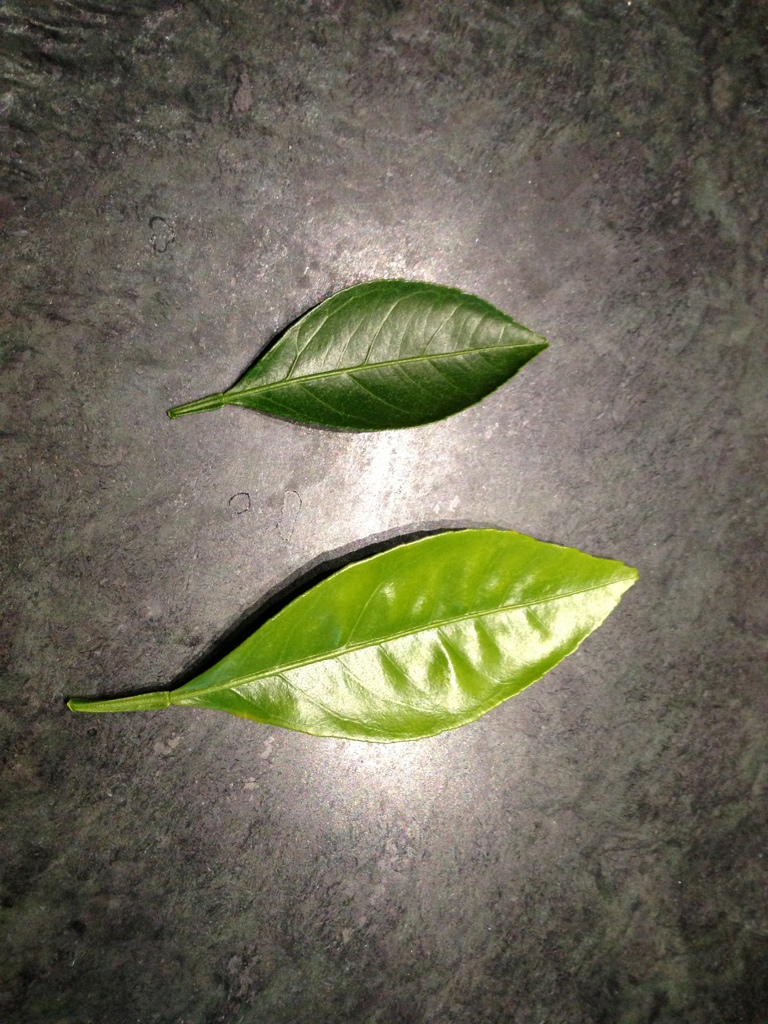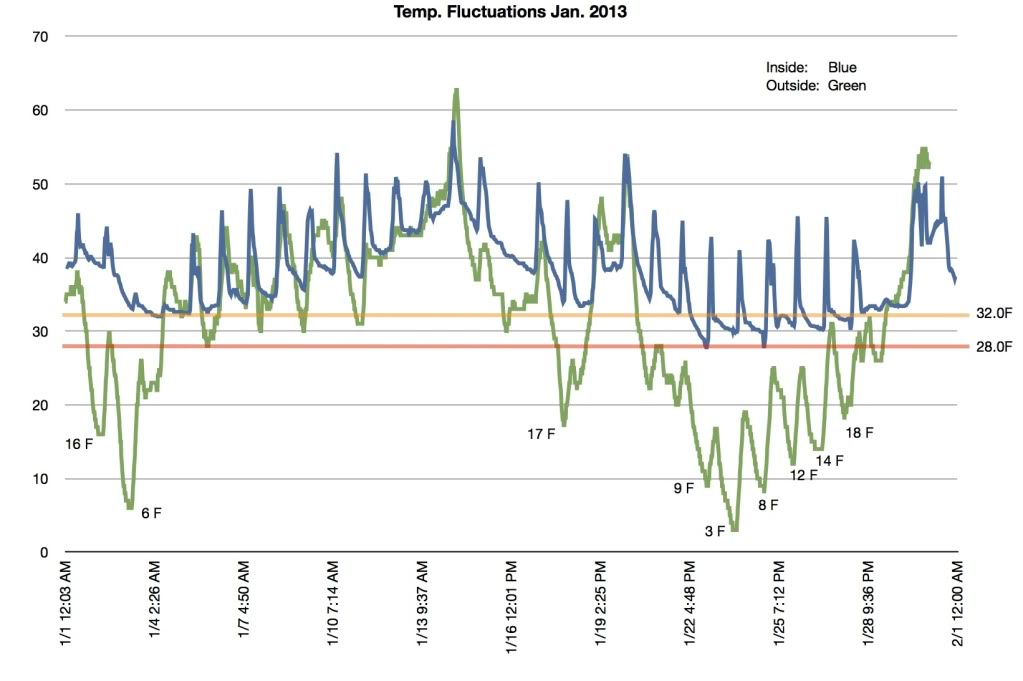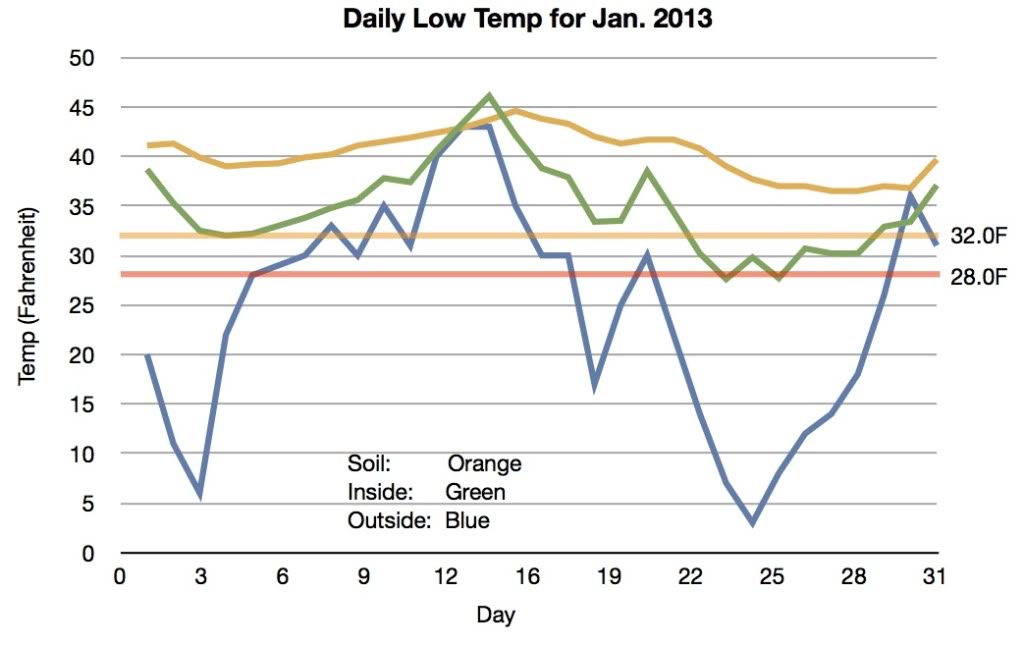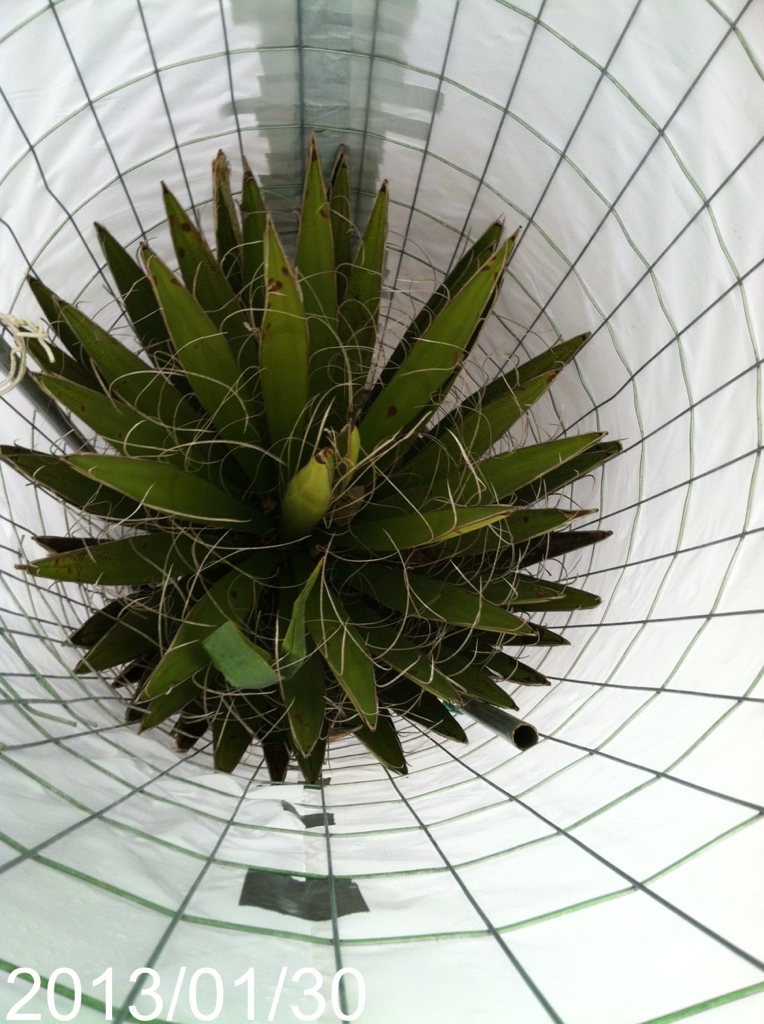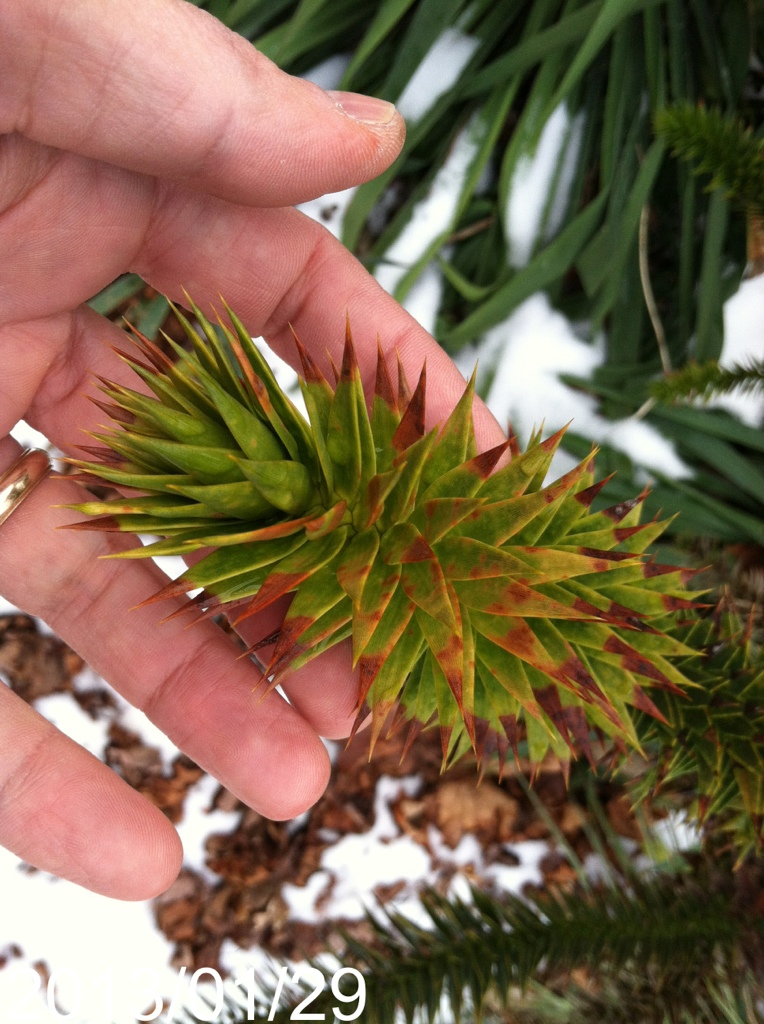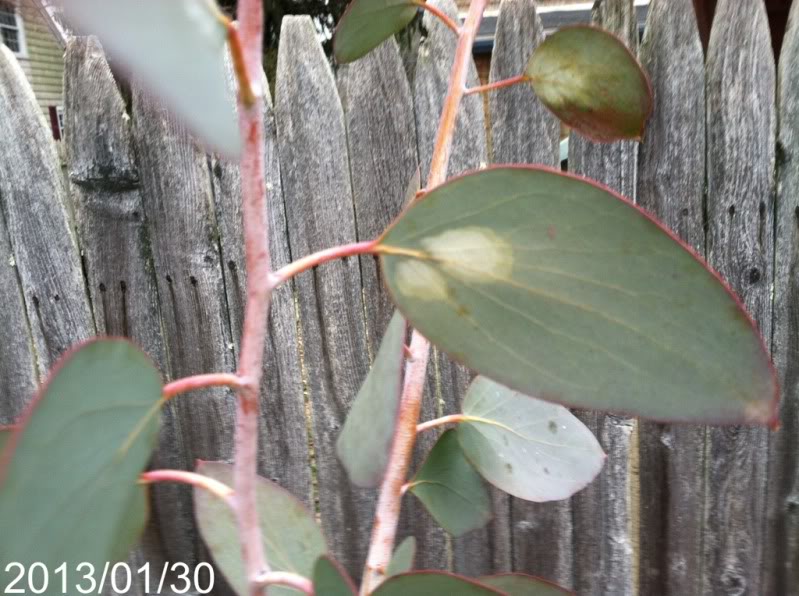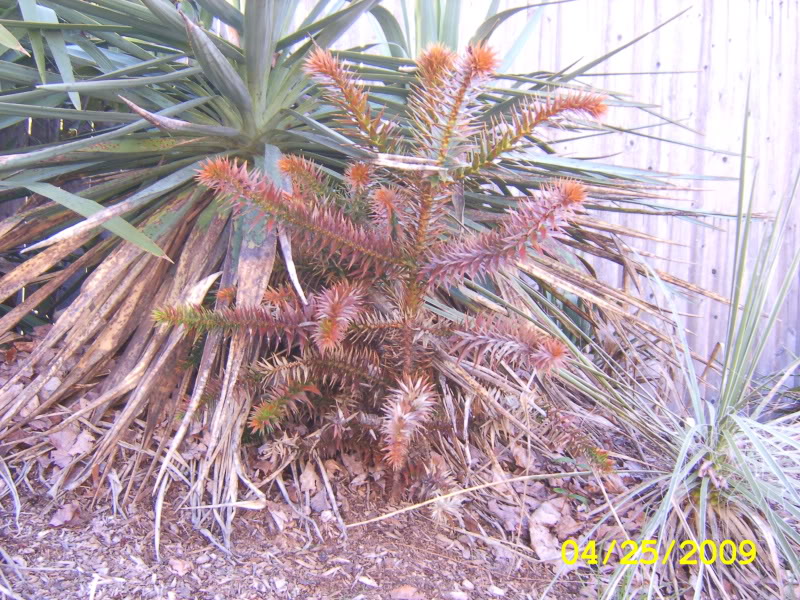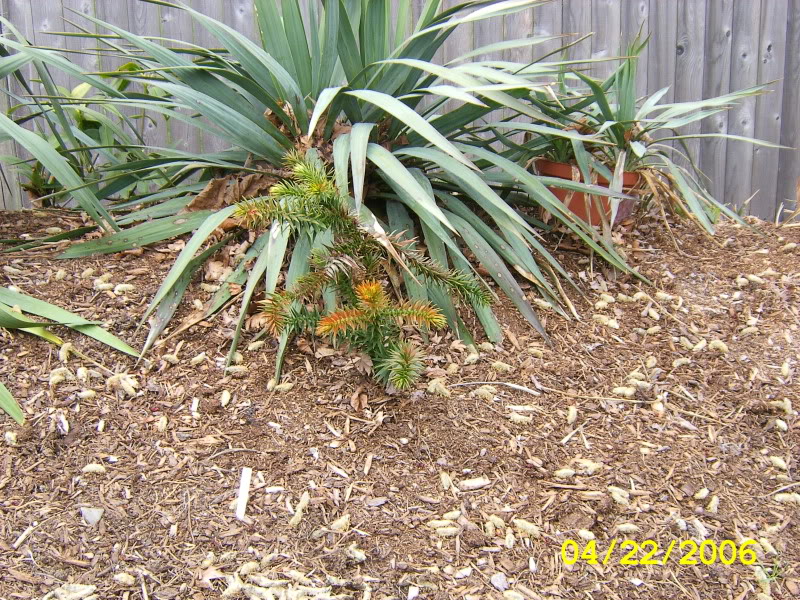Here's an update on the Early St. Ann Satsuma after the first round of true winter weather this past Jan.
Outside Temperature Notes:
1. From 1/17 to 1/29 the temperature was above freezing for 39 of 280 total hours (11.5 days).
2. From 1/20 to 1/29 the temperature was at or below freezing for 208 consecutive hours (8.5 days).
3. From Jan 22 to Jan 28 the outside low temps were 14F (-10C), 7F (-13.9C), 3F (-16.1C), 8F (-13.3C), 12F (-11.1C), 14F (-10C), and 18F (-7.8C). This is typical of an average winter in the Boston, MA area.
4. On the coldest days (Jan 23 and 24), the average temps for the entire days were 11.7F (-11.3C), and 10.9F (-11.7C), respectively.
5. The high temperature on 1/23 only reached 17F (-8.3C).
Inside Temperatures and Notes:
1. Except for on Jan. 1, when I was testing my emergency supplemental electric heating system, the interior temperature was regulated by passive means (i.e. from 1/2 to 1/31 no supplemental heat was provided).
2. There is currently no evidence of any damage to my Satsuma
3. The lowest temperature recorded inside the enclosure was 27.6F (-2.4C) on Jan 23. (This was measured approx. 6 inches below the glass roof, the remote temp sensor can be seen in one of the images below)
4. The temperature was below 28.0F (-2.2C) for a total of 2.5 hours the entire month.
5. The temperature was between 28.0F (-2.2C) and 32.0F (0C) for 98 total hours during the entire month. (From the scientific literature, temperatures in this range should not result in much, if any damage to healthy, cold-acclimated citrus trees)
6. On two days, the average interior temperature was below 32F. On 1/23 and 1/24, the average temps were 31.5F (-0.3C) and 31.4F (-0.3C), respectively.
7. The soil temperature dropped from 43.8F (6.6C) to 36.5F (2.5C) during the cold snap beginning on 1/17. After 2 days of warmer weather (1/30 and 1/31) the soil temperature rebounded to 40.6F (4.8C). The outside low soil temp for Boston during the cold snap was 17F (-8.3C). Soil temps were measured at a depth of 4-6 inches (10-15 cm).
8. The largest temperature differential between inside and outside was 24.2F (13.4C). This is nearly 2.5 full USDA climate zones.
9. An approximately 4 inch (10 cm) layer of ice formed in the water barrels making up the exterior of the structure. The heat released during the freezing process of the water is the primary reason the interior temperature did not drop to more than 4F (2.2C) below freezing on the coldest days. The exact same phenomenon is what microsprinkler systems rely on to protect citrus from freezing weather in citrus growing regions.
10. On the coldest few days, I put 1" thick pink foam board insulation on top of the glass roof at night to minimize radiative heat loss.
With any luck, the cold weather in the last half of Jan. was the coldest we will see this winter in MA. The current NWS forecast has typical winter temps (highs in the 30's and lows in the mid 20's) for the next week or so. After that, the long range weather models seem to indicate things will begin warming up with above average temps expected:
http://www.cpc.ncep.noaa.gov/products/predictions/long_range/seasonal.php?lead=1
Tree in the enclosure:

Sample leaves (top from old growth flush; bottom from last growth flush in Aug/Sept)
